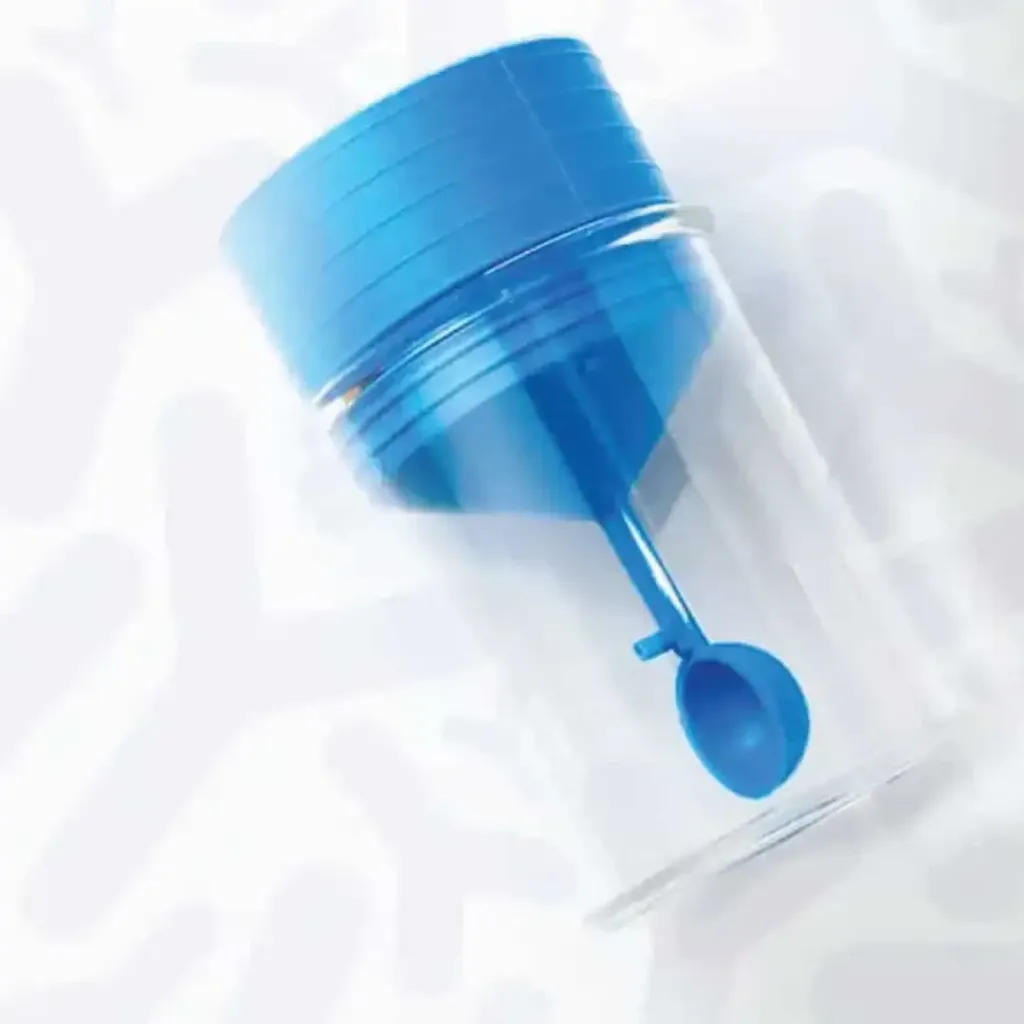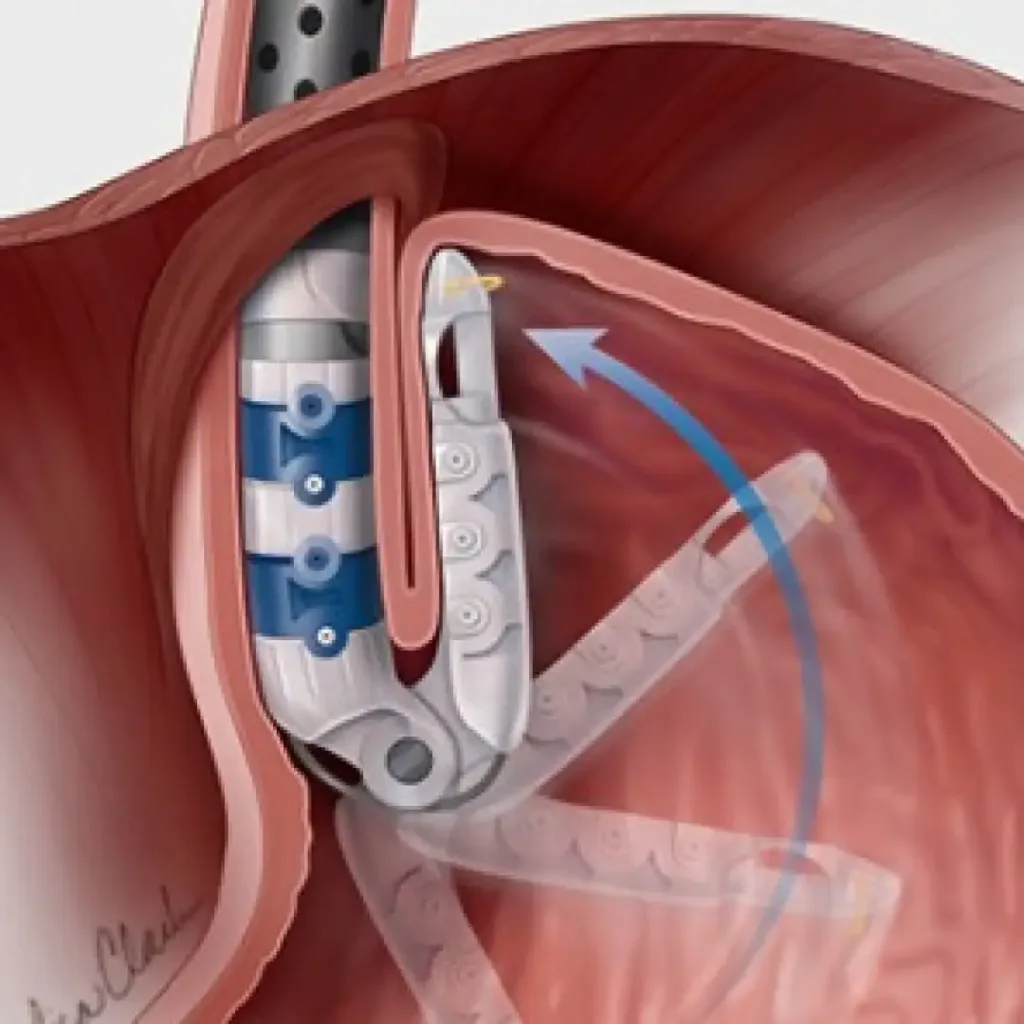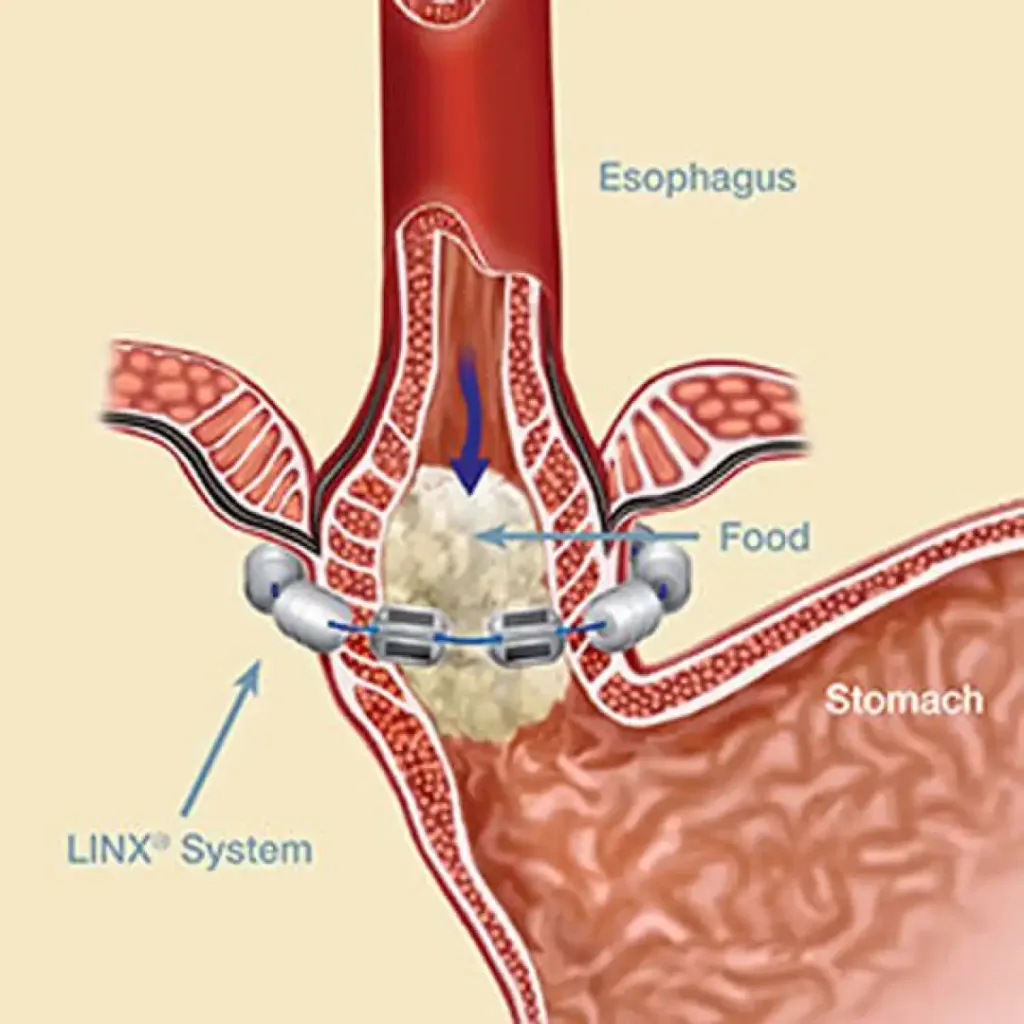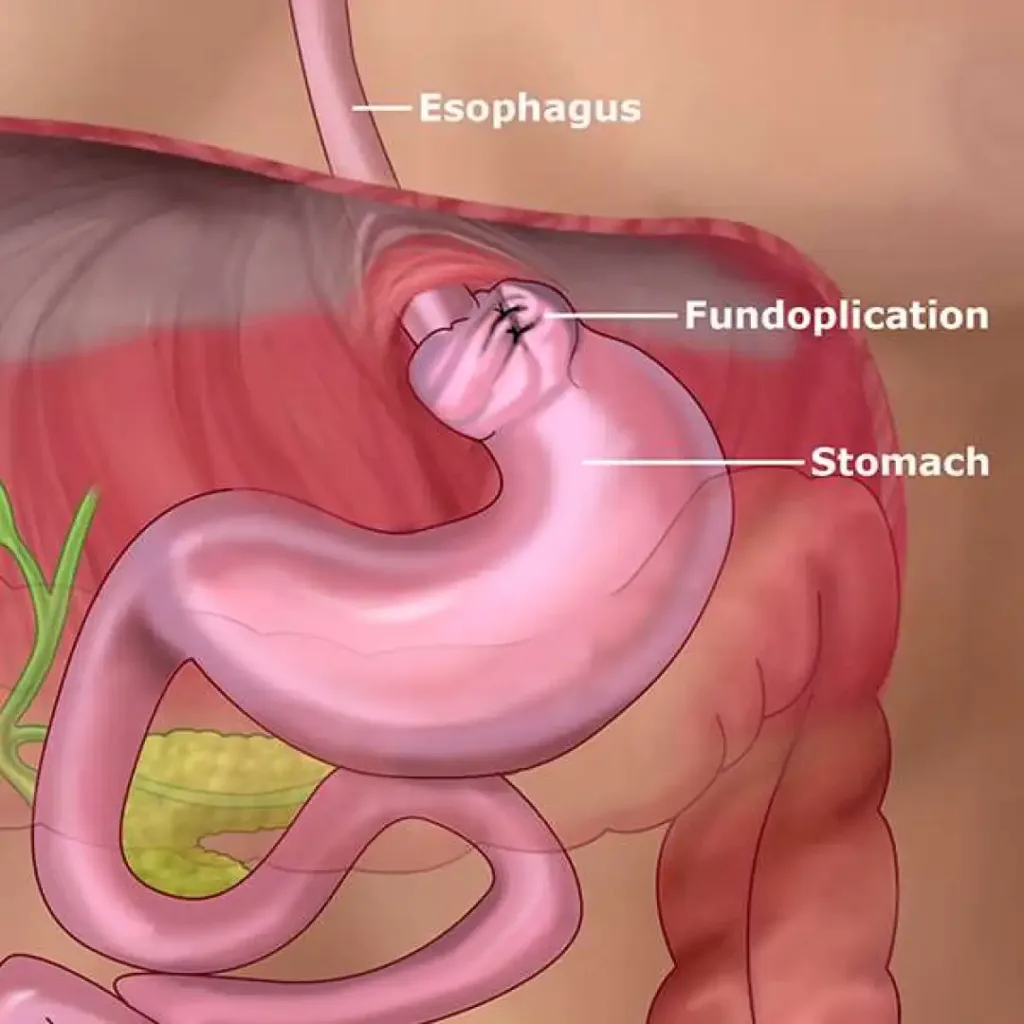Conditions
Laryngopharyngeal reflux
Laryngopharyngeal reflux (LPR) is a type of acid reflux that occurs when stomach acid flows back into the larynx (voice box) and pharynx (throat). LPR is also known as silent reflux because many people with LPR do not experience the classic symptoms of acid reflux, such as heartburn.
Instead, people with LPR may experience symptoms such as:
- Hoarseness or loss of voice
- Chronic throat clearing
- Coughing
- Trouble swallowing (dysphagia)
- A sensation of a lump in the throat (globus)
- A persistent sore throat
- A constant need to clear the throat
LPR is often more difficult to diagnose than gastroesophageal reflux disease (GERD), as the symptoms are often less specific and can be attributed to other conditions. However, proper diagnosis is important as LPR can lead to serious complications if left untreated, including inflammation of the larynx and pharynx, voice problems, and even aspiration pneumonia.
Treatment for LPR typically involves lifestyle changes, such as avoiding certain foods and drinks that trigger symptoms, losing weight, quitting smoking, and elevating the head of the bed. Medications may also be prescribed to reduce stomach acid production. In some cases, surgery may be necessary to correct the underlying problem causing LPR.
If you are experiencing symptoms of LPR, it’s always a good idea to consult a doctor for a proper diagnosis and treatment plan.
Surgical options for acid reflux
There are several surgical options available for treating acid reflux and gastroesophageal reflux disease (GERD). The surgical options include:
- Fundoplication: This is the most common surgical procedure for treating GERD. It involves wrapping the top part of the stomach around the lower esophagus to create a barrier that prevents acid from flowing back into the esophagus.
- Transoral Incisionless Fundoplication (TIF): This is a minimally invasive procedure that uses an endoscope (a thin, flexible tube with a camera) to create a tight valve at the base of the esophagus. TIF is performed through the mouth and does not require any incisions.
- LINX® Reflux Management System: This is a small device made of magnetic beads that is placed around the lower esophageal sphincter (LES) to help prevent acid from flowing back into the esophagus.
- Nissen Fundoplication: This is a more extensive form of fundoplication that involves wrapping the entire circumference of the stomach around the esophagus. Nissen fundoplication is typically used for more severe cases of GERD.
- Gastric inlet patch: This procedure is used to treat a specific type of hernia called a hiatal hernia, which can contribute to acid reflux. The procedure involves placing a patch or mesh over the hernia to reinforce the weakened area of the diaphragm and prevent the hernia from recurring.
Surgical options for acid reflux are typically recommended for patients who have not responded to other treatments, such as lifestyle changes and medications, or for patients with severe or complicated cases of GERD. The success rate of these procedures is high, and most patients experience significant relief from their symptoms after the surgery. However, as with any surgical procedure, there are potential risks and complications that should be discussed with your doctor prior to the surgery.







